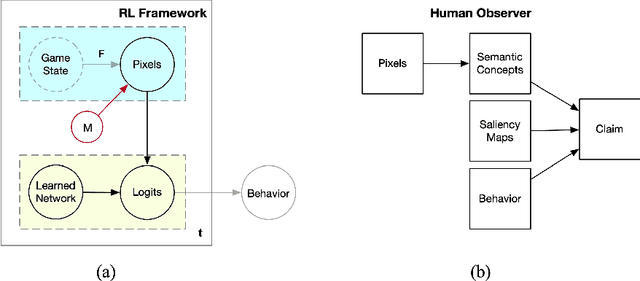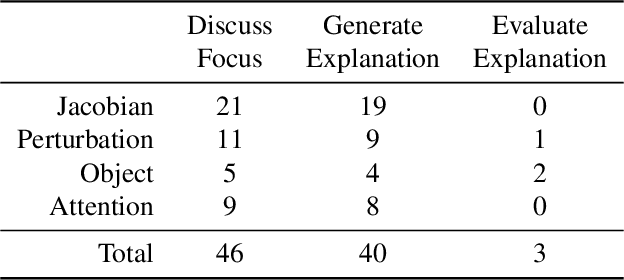Exploratory Not Explanatory: Counterfactual Analysis of Saliency Maps for Deep RL
Paper and Code
Dec 09, 2019



Saliency maps have been used to support explanations of deep reinforcement learning (RL) agent behavior over temporally extended sequences. However, their use in the community indicates that the explanations derived from saliency maps are often unfalsifiable and can be highly subjective. We introduce an empirical approach grounded in counterfactual reasoning to test the hypotheses generated from saliency maps and assess the degree to which saliency maps represent semantics of RL environments. We evaluate three types of saliency maps using Atari games, a common benchmark for deep RL. Our results show the extent to which existing claims about Atari games can be evaluated and suggest that saliency maps are an exploratory tool not an explanatory tool.
 Add to Chrome
Add to Chrome Add to Firefox
Add to Firefox Add to Edge
Add to Edge